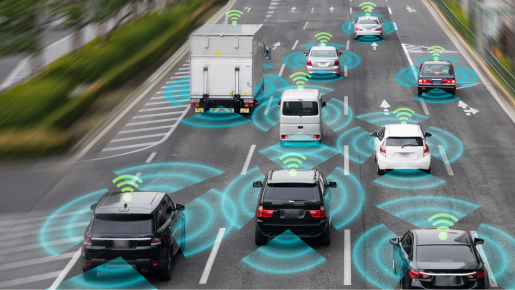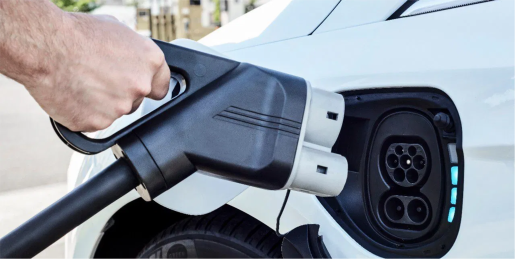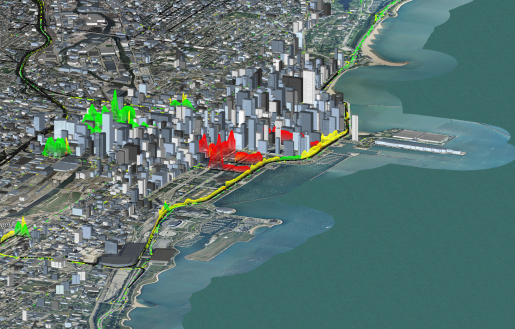






Connected and Automated Vehicles (CAVs)
The continued growth of CAV technologies changes the way vehicles move and travelers achieve mobility. The EEMS Program is identifying the significant impacts CAVs have on energy consumption, as well as other facets of transportation, at scales ranging from the individual vehicle level to the transportation system level.

